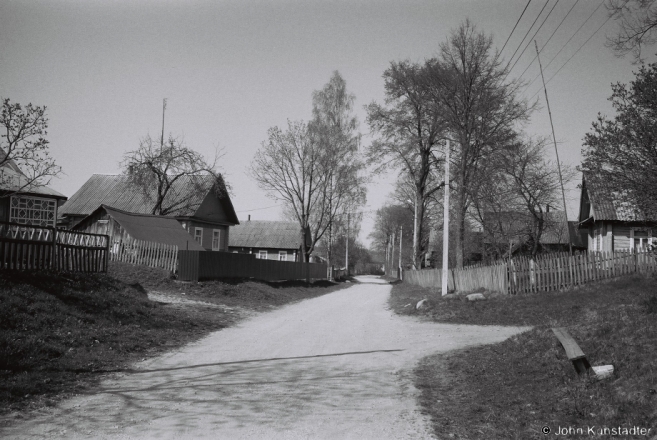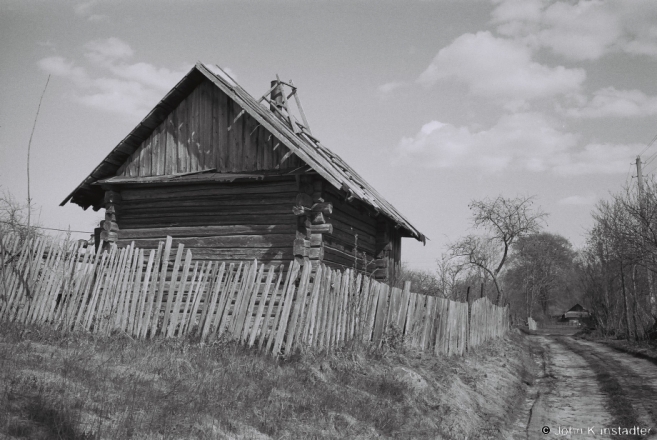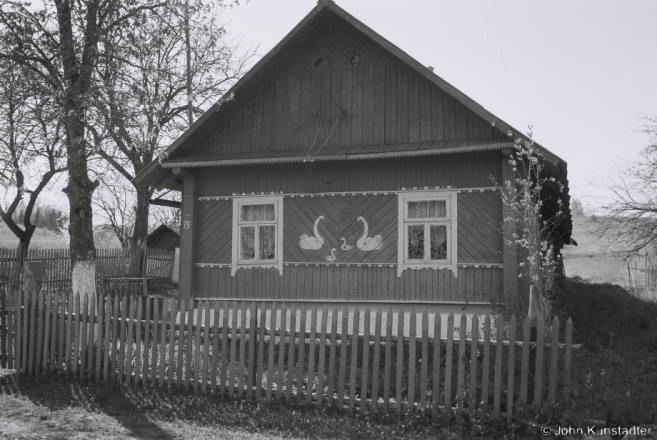The roots of the Belarusian nation: photo excursion to ethnonyms of the Valozhyn District (Vjalikaja Dajnava and Zhomajdz’). Карані беларускай нацыі: вандроўка па этнонімах Валожыншчыны (Вялікая Дайнава й Жомайдзь).
The Valozhyn District on the west-northwestern edge of Mjensk Region contains two clusters of ethnonyms (place-names of ethnic identity) plus a third area with a scattering of ethnonyms. The photos for the next several days recount an excursion to a cluster of Baltic ethnonyms located inside a wide loop of the district’s principal river, the Western Bjarezina (Zakhodnjaja Bjarezina – Заходняя Бярэзіна).
Mid-13th-century manuscripts indicate that the land of the Dajnovy — or Dajnova (Дайнова), or the Dajnova Duchy (Дайноўскае княства) — was located in what is the northeast corner of today’s Poland. How, then, to account for the dozen or so Dajnova-related ethnonyms farther to the east, in a fairly compact area of northwestern Belarus, including the two visited in this excursion? In his thoroughly-researched article “On Determining the Location of the Dajnova Duchy” (in Belarusian: “Да пытання аб лакалізацыі Дайнаўскага княства”, Лідскі летапісец № 2(50), ст. 26-31) the outstanding Lida-based historian Valjery Sliukin (Валеры Сліўкін) proposes a convincing hypothesis. Noting that ethnonyms are usually found on the borders of the area inhabited by a given group, Sliukin proposes that the Dajnova-related ethnonyms in northwestern Belarus reflect the late-13th-century migration of a portion of the Dajnovy, perhaps under pressure from advancing Teutonic Orders, into an area inhabited by other tribes, including the Baltic tribe of the Jats’vjahi (Яцьвягі) — see the photo of the day for June 23, 2014. In any event, the Dajnovy were absorbed into the Grand Duchy of Lithuania and thus formed part of the mix which evolved into the Belarusian nation.
Vjalikaja Dajnava 2014. Вялікая Дайнава 2014 г.
In the first photo note the contrast between the traditional but well-maintained wooden stake fence on the right, reflecting the individuality of the plot’s owner, with the standardized corrugated metal fence on the left. One can understand why a homeowner would want to avoid the constant upkeep required by a wooden fence. However, this type of solid metal fence, and even worse the standardized cement fence required by some local authorities, are rebarbative.
A harmonious wooden fence surrounds this sauna.
Another harmonious wooden fence sets off this house, painted in a style particular to Vjalikaja Dajnava.


